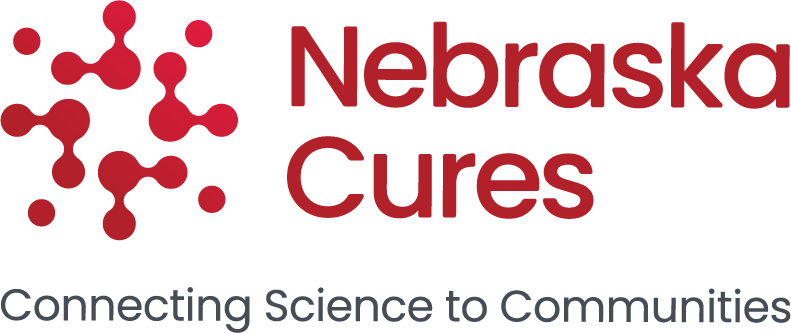Although everyone is still very much focused on the coronavirus pandemic, I thought that it might be useful to update where we are with respect to stem cell and research related issues in Nebraska at the present time. First, although we were unable to recognize deserving INBRE scholars with the Holland Future Scientist awards because of the university closures this year, we did select Dr. Donald Coulter (Professor of Pediatrics, UNMC) for the Dr. Harold M. & Beverly Maurer Scientific Achievement award normally presented at our April luncheon. We are disappointed that the coronavirus situation has dampened these typically festive occasions, and we look forward to honoring Dr. Coulter at our 2021 luncheon.
Second, we are fortunate that there have been no significant Nebraska legislative proposals that would have a direct effect on the life-science related research being conducted at the University of Nebraska. At the same time we were pleased to see that the Legislature and the Governor have added their support to the transformational $2.8 billion NExT project. This innovative activity represents a major developmental venture on the UNMC/Nebraska Medicine campus over the next decade and will enhance research, educational and clinical areas. Of course, the commitment of Nebraska funds remains dependent on a successful acquisition of matching federal funds. There is no question that the completion of the Next Project would be transformational for UNMC, the city and the state.
Finally, at the federal level, there have been some important activities that could impact research at UNMC and across the country. In June, 2019, the Department of Health and Human Services (HHS) announced several changes to its policy on the use of fetal tissue in projects done by researchers within HHS (intramural research) and by outside
researchers receiving NIH funding (extramural research). Intramural research using fetal tissue was banned, while new applications for extramural research using human fetal tissue would become subject to congressionally authorized review by an “ethics advisory board”. In February of this year, the HHS issued a notice of intent to convene the National Institutes of Health (NIH) Human Fetal Tissue Research Ethics Advisory Board for fiscal year 2020. The first meeting of the that Board was held on July 31st and that was also the first time the public knew the membership of the group. For those of us familiar with the names, it was clear that any decisions of the group would be strongly biased. Among the members of the Board 10 of the 15 had a consistent, long and vocal history opposing abortion/fetal tissue research. Incidentally, two of those Board members were also active in supporting the Nebraska pro-life groups during our fetal tissue battles 15+ years ago (David Prentice and Maureen Condic). One Board member who has been a strong advocate for continuing fetal tissue research spoke on our behalf during the same time frame (Lawrence Goldstein). The “stacked deck” was in place so that when the Board met to review research projects, the outcome was already known. It was no surprise at all when the majority of the Board recommended that 13 of the 14 research proposals they reviewed should not be allowed to go forward. They had all already been approved for funding by the well-established and rigorous scientific and ethical review panels. The final decision remains with the Trump appointed Secretary of the HHS, Dr. Alex Azar and an additional 100+ projects that are currently funded will undergo the same review process as they come up for project renewal in the future. It is another sign of just how warped the current situation of Executive Branch meddling in evidence-based research has become. For now, we must live with it but will continue to make our position in opposition to such restrictions known. Our NCLC, along with 90 other universities and non-profits, was a signatory on a letter to the Review Board that objected to the entire secondary review process and supported continuing fetal tissue research. Several detailed reviews of this situation have appeared recently: The Washington Post, New York Times, Science magazine, and the International Society for Stem Cell Research.
